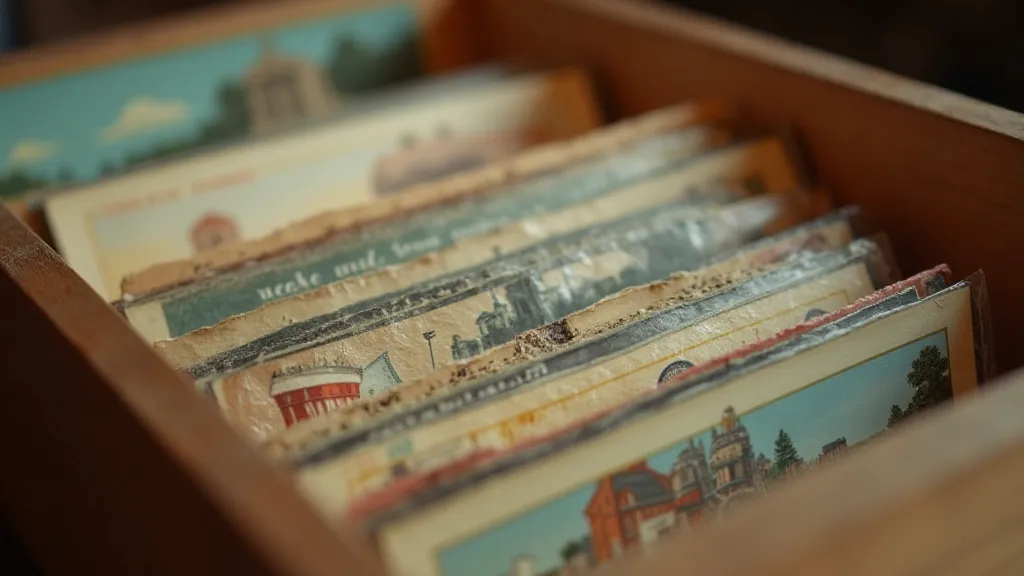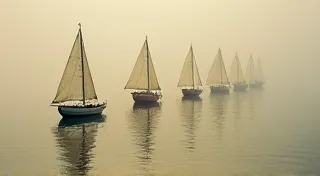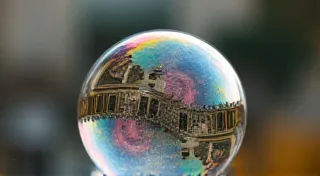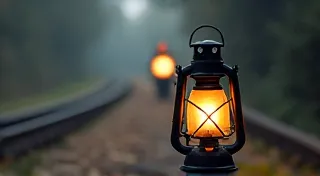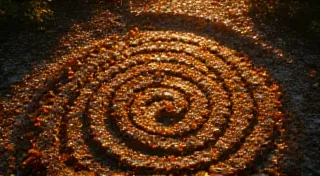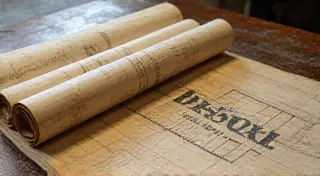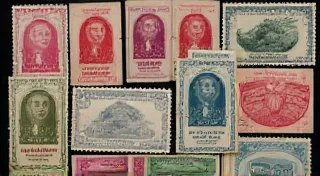Postcard Alchemy: Transforming Fragments into a Cohesive Narrative
There's a peculiar magic in holding a vintage postcard. It’s not just the faded ink, the textured paper, or the quaint imagery. It's the feeling of connection – a tangible link to someone, somewhere, sometime, who sent this small rectangle of hope, remembrance, or simply, a fleeting moment. For those of us drawn to postcard collecting, the pursuit is often more than just amassing a collection; it's an act of historical archeology, a meticulous unraveling of stories woven into these fragile fragments of the past. It’s, in essence, postcard collecting’s version of alchemy – transforming seemingly insignificant pieces into a cohesive and illuminating narrative.
My own fascination began with a single postcard – a sepia-toned image of a bustling Main Street in my hometown, circa 1910. My grandmother, a prolific letter writer, had squirreled it away in a box of her treasures. Seeing it sparked an immediate curiosity. Who were these people? What were their lives like? What prompted them to send this little message across miles? It became a puzzle I couldn’t resist solving.
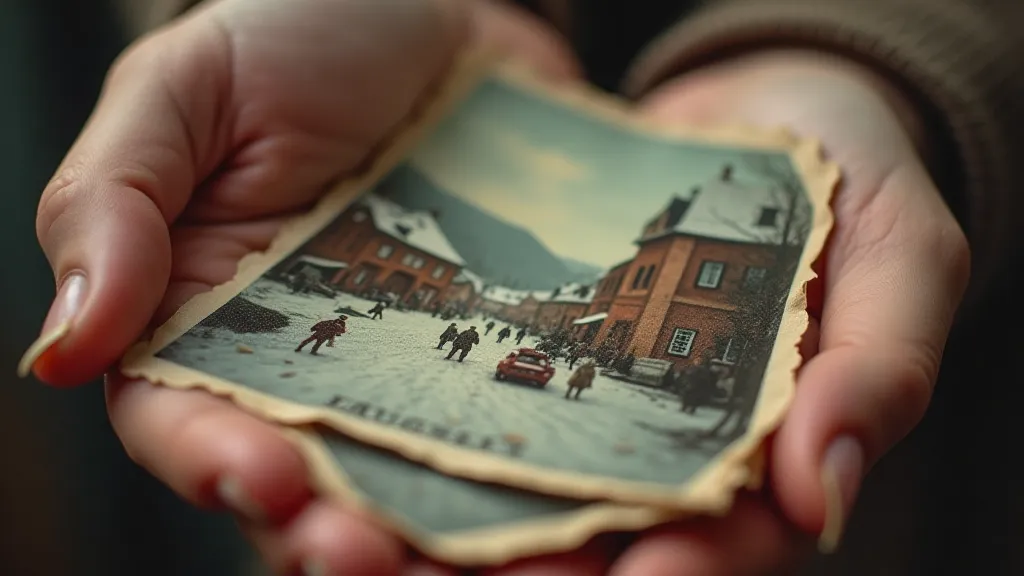
The Craftsmanship: More Than Just a Picture
Before diving into the research, it's vital to appreciate the craftsmanship involved. Early postcards, particularly those from the Golden Age of Postcards (roughly 1893-1915), represent a unique intersection of photography, printing technology, and artistic expression. The albumen printing process, a dominant method during this period, required incredible skill. Photographers had to create glass negatives, painstakingly manipulate the image, and then print it onto a cardstock base. The lithographic processes used for artistic postcards were equally demanding, requiring talented artists and printers to collaborate.
Consider the detail in a hand-tinted postcard. These weren't simply printed; they were meticulously colored by hand, often by teams of women working in "tinting farms." Each stroke of the brush added nuance and personality to the image, transforming a black-and-white photograph into a vibrant, and often idealized, representation of a place or person.
Unearthing the Stories: Research Techniques
Once you’re captivated by a postcard’s image, the real journey begins – piecing together its story. This is where the alchemy truly happens. It’s a detective’s work, requiring patience, persistence, and a willingness to dig deep.
- Publisher's Mark: The publisher's mark, usually printed on the reverse, is your first clue. Researching the publisher can reveal the era the postcard was produced, the regions they specialized in, and sometimes even specific photographers or artists associated with their work. Early American publishers like the Detroit Publishing Company, the Rotogravure Printing Company, and the Valentine Publishing Company are well-documented and offer a wealth of information.
- Postmark & Address: The postmark is more than just a date. It indicates the origin and route of the postcard. By analyzing the post office name and the year, you can pinpoint the approximate time of dispatch. The address, if legible, provides invaluable insights into the recipient's location and social connections.
- Local History Archives: Local historical societies, libraries, and online archives are treasure troves of information. Check for local newspapers from the period, city directories, and photographs that might corroborate the scene depicted on the postcard.
- Genealogy Resources: If the address includes names, genealogical websites like Ancestry.com or FamilySearch.org can help you trace the families involved. This can reveal fascinating details about their occupations, social status, and migrations.
- Online Forums & Collector Communities: The postcard collecting community is incredibly supportive. Online forums and social media groups dedicated to vintage postcards are great places to ask questions, share discoveries, and learn from experienced collectors.
Sometimes, the story is straightforward: a soldier sending a quick message home, a tourist sharing their travels, a family sending holiday greetings. Other times, the story is more elusive, a tantalizing glimpse into a life interrupted, a moment frozen in time, a mystery waiting to be solved.
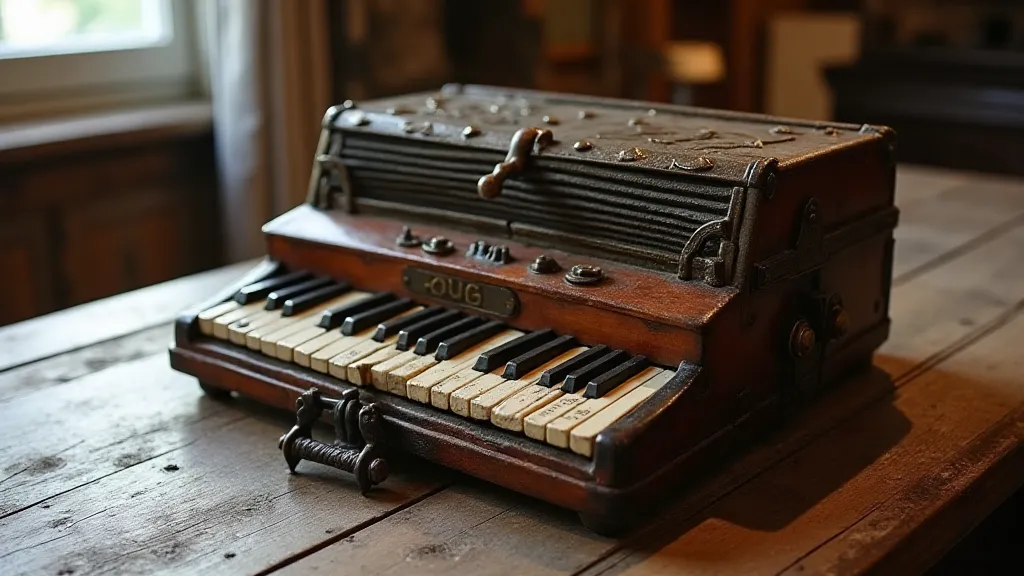
The Broader Historical Context
The true beauty of postcard collecting lies in its ability to connect us to broader historical contexts. Each postcard is a microcosm of the era in which it was created, reflecting the social, economic, and cultural values of the time. A postcard depicting a bustling factory, for example, offers insight into the industrial revolution and the lives of working-class families. A postcard showcasing a fashionable resort town reveals the rise of leisure travel and the changing landscape of American society.
The philately aspects of postcard collecting – the study of stamps and postal history – further enhance our understanding. Examining the stamps used, the rates charged, and the postal routes employed can shed light on the evolution of communication and the global interconnectedness of the early 20th century. Even the type of paper used, the printing techniques employed, and the ink colors used can speak volumes about the technological and artistic innovations of the era.
Preservation & Appreciation
As custodians of these fragile pieces of history, it's our responsibility to handle and preserve them with care. Avoid exposing postcards to direct sunlight or humidity. Store them in acid-free sleeves or albums to prevent deterioration. While restoration is possible, it should be undertaken with caution and by experienced professionals, as improper techniques can damage the postcard's value and historical integrity.
Ultimately, postcard collecting is more than just acquiring tangible objects; it’s about fostering a deeper appreciation for the past and the people who lived it. Each postcard is a window into another time, a reminder of our shared humanity, and a testament to the enduring power of connection. It's a quiet, meditative process – a form of historical engagement that rewards patience and curiosity. It’s transforming fragments into a cohesive narrative, one card at a time.
